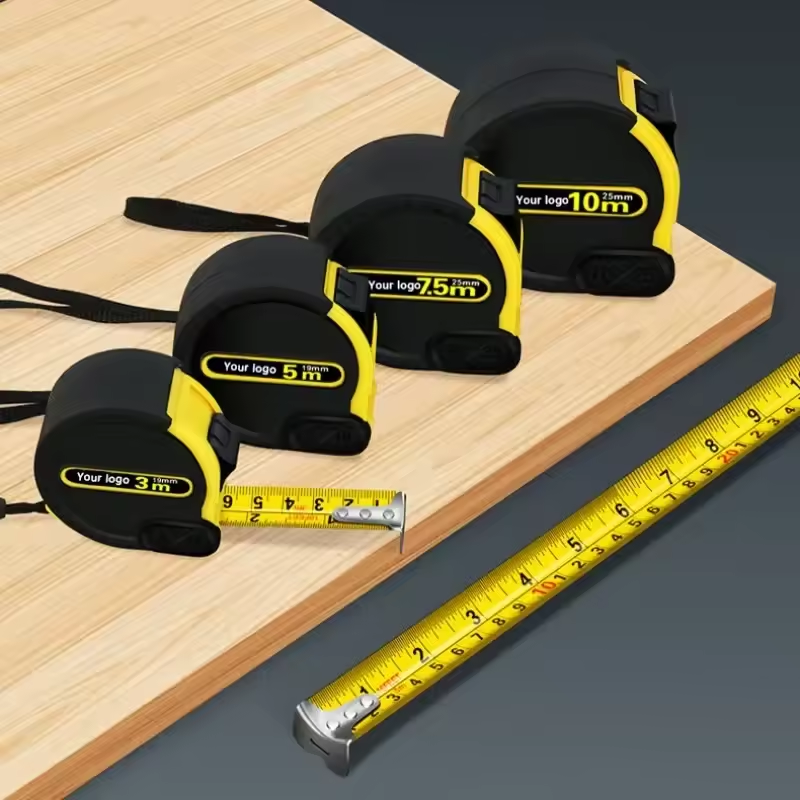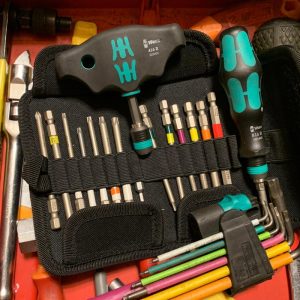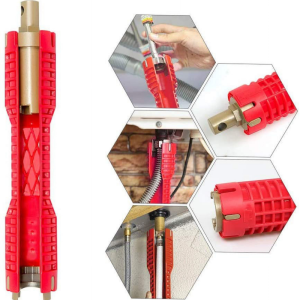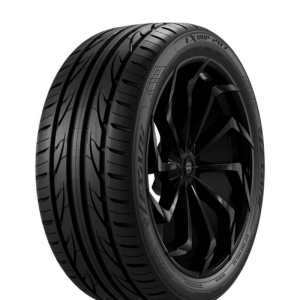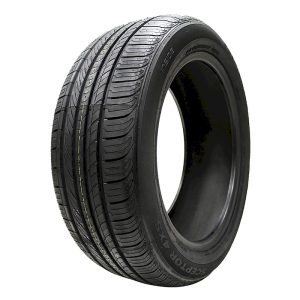
Motorcycle tires play a crucial role in your riding experience, affecting everything from handling to safety. Understanding how many miles you can expect from your tires not only helps you budget for replacements but also ensures you’re riding with optimal performance. In this article, we’ll delve into the factors that influence tire longevity, provide tips for maximizing your tire life, and offer guidance on when it’s time for a replacement.
Understanding Tire Longevity
Factors Influencing Motorcycle Tire Life
Several key factors determine how many miles you can get out of your motorcycle tires:
- Tire Type
The type of tire you choose significantly impacts its lifespan. For instance, sport tires generally wear out faster than touring tires due to their softer compounds designed for grip rather than durability. - Riding Style
Aggressive riding, such as hard acceleration and sharp cornering, can lead to quicker tire wear. If you enjoy spirited rides, expect your tires to wear out faster. - Road Conditions
Riding on rough or uneven surfaces can accelerate wear. Conversely, smooth highways tend to be easier on tires. - Tire Pressure
Maintaining proper tire pressure is essential. Over-inflated or under-inflated tires wear unevenly, reducing their lifespan. Regularly check and adjust your tire pressure to manufacturer specifications. - Weight Load
Carrying additional weight—whether from a passenger or cargo—can affect tire wear. Heavier loads can lead to increased friction and faster degradation.
Typical Mileage Expectations
Most motorcycle tires can last between 5,000 to 15,000 miles. Touring tires, designed for long-distance travel, typically last longer, while sport tires may only offer about 3,000 to 5,000 miles. Keep in mind that these numbers can vary based on the factors mentioned above.
Signs of Tire Wear
Recognizing the signs of tire wear is vital for maintaining your safety on the road. Here are some indicators that it might be time to replace your motorcycle tires:

1. Tread Wear Indicators
Most motorcycle tires come equipped with tread wear indicators, small raised areas within the tread grooves. When the tread wears down to the level of these indicators, it’s time for a replacement.
2. Uneven Wear Patterns
Inspect your tires regularly for uneven wear. This could indicate issues such as improper inflation or alignment problems. Uneven wear can compromise handling and safety, necessitating immediate attention.
3. Cracks and Cuts
Check your tires for visible damage, such as cracks or cuts. These imperfections can lead to tire failure and should not be ignored. If you notice any damage, consult a professional to determine if replacement is necessary.
4. Vibration or Noise
Unusual vibrations or noises while riding can indicate tire issues. If you experience these symptoms, inspect your tires or have a professional take a look.
Maximizing Tire Life
To get the most miles out of your motorcycle tires, follow these tips:
1. Regular Maintenance
Keep your tires in top shape with routine maintenance. This includes checking tire pressure, inspecting for damage, and rotating tires if applicable.
2. Proper Storage
When not in use, store your motorcycle in a cool, dry place away from direct sunlight. UV rays can degrade tire rubber over time.
3. Smooth Riding Habits
Adopt smooth riding habits to minimize tire wear. Avoid rapid acceleration and hard braking whenever possible.
4. Regular Inspections
Perform regular tire inspections to catch any signs of wear early. Look for cracks, uneven wear, or foreign objects embedded in the tire.
When to Replace Your Motorcycle Tires
Knowing when to replace your tires is crucial for your safety. Here are some guidelines:
1. Mileage Milestones
As a general rule, if you’ve reached the mileage limit for your tire type, it’s time to consider replacement, even if they appear to be in good condition.
2. Age of the Tires
Even if your tires have low mileage, they can degrade over time. Most manufacturers recommend replacing tires every 5 to 6 years, regardless of tread depth.
3. Physical Condition
Always prioritize safety. If your tires show signs of significant wear, such as low tread depth or visible damage, replace them immediately.
Choosing the Right Tires
Selecting the right tires can significantly impact your motorcycle’s performance and your overall riding experience. Here are some tips to help you choose wisely:
1. Consider Your Riding Style
Are you a touring enthusiast, a sport rider, or an off-road adventurer? Choose tires that align with your riding style for optimal performance.
2. Research Brands and Models
Invest time in researching tire brands and models. Look for reviews and recommendations from fellow riders to find tires that suit your needs.
3. Consult a Professional
If you’re unsure about which tires to choose, consult a motorcycle tire specialist. They can provide valuable insights based on your specific riding habits and needs.
Advanced Tire Technologies
Understanding Tire Construction
Motorcycle tires are engineered with several layers that contribute to their durability and performance. Familiarizing yourself with tire construction can help you make informed choices:

- Tread Layer
This is the outermost layer, providing traction and handling. The rubber compound used affects both grip and longevity. Softer compounds offer better grip but wear faster. - Belt Layers
These layers provide strength and help maintain the tire’s shape. They can be made of steel or nylon, impacting the tire’s stability and handling characteristics. - Sidewall
The sidewall protects against impacts and influences ride quality. A stiffer sidewall can improve handling but may result in a harsher ride.
Innovations in Tire Technology
Modern advancements in tire technology have led to innovations that enhance performance:
- Dual Compound Tires
These tires feature different rubber compounds in the center and edges, providing durability for straight-line riding and grip in corners. - Tubeless Tires
Tubeless technology allows for lighter tires and reduces the risk of blowouts. If punctured, the tire can often self-seal, minimizing the chance of losing air.
Seasonal Considerations
Riding in Different Weather Conditions
Weather can significantly affect tire performance and wear. Here’s how to adapt your tire choice based on the season:
- Summer Riding
In warmer conditions, tires can become softer and provide more grip. However, be cautious of overheating, which can lead to faster wear. - Winter Riding
If you ride in colder temperatures, consider tires designed for winter conditions. These provide better grip on cold, slippery surfaces but may wear faster on dry pavement. - Wet Conditions
Look for tires with deep grooves and channels that help redirect water, reducing the risk of hydroplaning and improving safety in wet weather.
Environmental Impact
Eco-Friendly Tire Options
As sustainability becomes increasingly important, consider eco-friendly tire options that minimize environmental impact:
- Recycled Materials
Some manufacturers use recycled rubber and materials in their tire production, reducing waste and resource consumption. - Fuel Efficiency
Choosing tires designed for lower rolling resistance can improve your motorcycle’s fuel efficiency, benefiting both the environment and your wallet.

Community Insights
Gathering Feedback from Fellow Riders
One of the best resources for tire knowledge comes from the motorcycle community. Engaging with fellow riders can provide invaluable insights:
- Forums and Online Groups
Participating in forums can help you gather opinions on specific tire brands and models. Sharing experiences can guide you in making a well-informed decision. - Local Riding Groups
Joining local motorcycle clubs or riding groups can facilitate discussions about tire performance and longevity, helping you learn from others’ experiences.
Stay Safe and Informed
Understanding how many miles you can get out of motorcycle tires is crucial for both performance and safety. Regular maintenance, inspections, and choosing the right tires can significantly extend their lifespan. Always keep an eye on the signs of wear and replace tires when necessary to ensure a safe riding experience.
